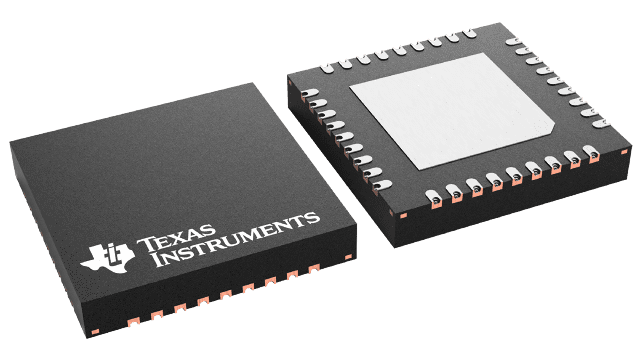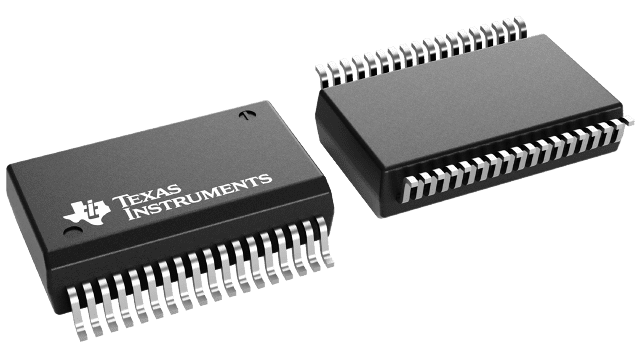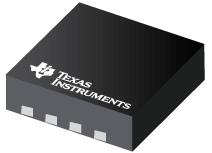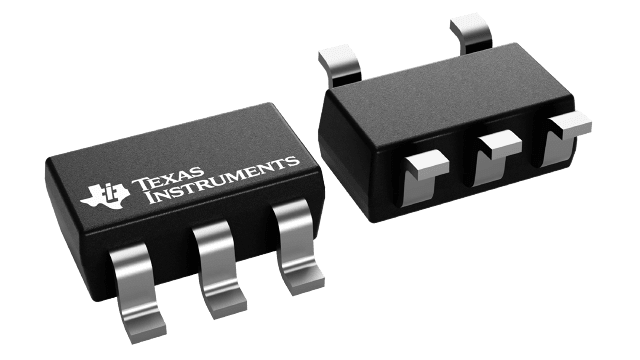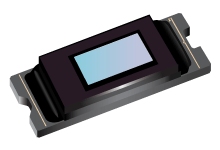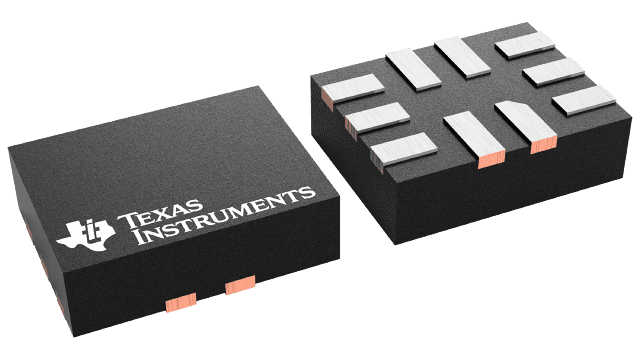Selecting a power management architecture for energy harvesting systems
Editor’s note: A guest blog written by Jason Gums, Product Manager – Semiconductors at Digi-Key Electronics, regarding power management architectures for energy harvesting systems. For a more in-depth article you can read more by clicking on the link in the blog.
The holy grail of wireless sensor network design is being able to power the sensor node from energy in the environment. Rolling out tens or hundreds of thousands of battery-powered nodes as part of an Internet of Things (IoT) deployment is a big challenge, but replacing the batteries on a regular basis can incur a huge cost. Alternatively, if the energy can come from the local environment, batteries might then last decades or even be eliminated completely.
There are several different ways to harvest that energy, and each has its own requirements for the power management. Solar panels are the most popular, allowing a node to be charged during daylight hours or even from indoor lighting. But there are other techniques that can be used. A temperature difference, for example between the inside of a building and the outside, can be harnessed through a thermal energy generator (TEG). The vibration of machinery can also be used, via a piezoelectric transducer, which can power a wireless sensor buried deep in the heart of a piece of equipment.
With the on-going trend to reduce the power consumption of both sensors and wireless transceivers, it is now possible to power the sensor nodes from the radio energy that surrounds them. And without the need to access the sensor in order to change the batteries, the sensor nodes can be located in many more positions, providing more accurate data about the activity of the equipment.
Batteries are often used to collect the charge from the energy source, but these also need to be protected from overcharging or undercharging as a result of the poorly regulated energy harvesting sources. The MAX17710 from Maxim Integrated can manage output levels ranging from 1µW to 100mW. For example, with a 0.8V harvest source and a 4.1V cell, the device can deliver over 20mA (80mW).
To do this, the device includes a boost regulator circuit for charging a lithium battery from a source as low as 0.75V, while an internal regulator protects the cell from overcharging and an internal voltage protection function prevents the cell from over discharging. The selectable output voltages, from 1.8V through 2.3V to 3.3V, are regulated using a low-dropout (LDO) linear regulator.
With all the different energy harvesting sources that might be available, it is also necessary to understand the lower and upper limits of the source. A buck/boost converter will have a lower limit below which the power stage may either shut down or not start, interrupting the operation of the system. This also means the power up sequencing must understand implications of when to power each device along with other devices so that the power drain does not push the power conversion stage below that lower limit.
But it is also necessary to be aware of the potential peak power to avoid overwhelming the additional energy storage element such as a capacitor or battery.
The peak power on start-up is a key factor to look at, as bringing up a microcontroller, power management chip and a wireless transceiver can take a lot more power compared to steady state operation. This is where timers become important. Luckily, the start-up period of a sensor node can be varied to accommodate the peak power capability of the energy harvesting source.
There are different ways to handle this, each with their own advantages. Using hardware timers and interrupts can reduce the overall power requirements. However, using a software based approach to managing power, while potentially the higher power option, does permit upgrades over-the-air (OTA) that can help to boost the efficiency. If OTA is not being used, then the hardware approach can be more effective.
Isolating all the loads in the system and making them switchable gives the power manager more opportunities to avoid problems and optimise the performance. This also helps isolate any devices that are consuming too much power.
A key algorithm when harvesting solar energy is Maximum Power Point Tracking (MPPT). This tracks the most efficient power production of the solar panel. This can be handled by a microcontroller although the most common MPPT algorithms are now being integrated into the power management chips to help minimise the overall power consumption of the node.
For a piezoelectric transducer a buck/boost converter with a protective shunt at the input allows the power manager to accommodate a variety of different piezoelectric elements, which can have short-circuit currents around 10µA.
There is a wide range of power management chips and evaluation boards that are suited for the different types of energy harvesting systems. From solar cells to thermal generators, vibrational energy to RF, designers can test out the different topologies and power management architectures for their specific wireless sensor network implementations.
You can read more about this in the article ‘Power management tips for energy harvesting systems’.



